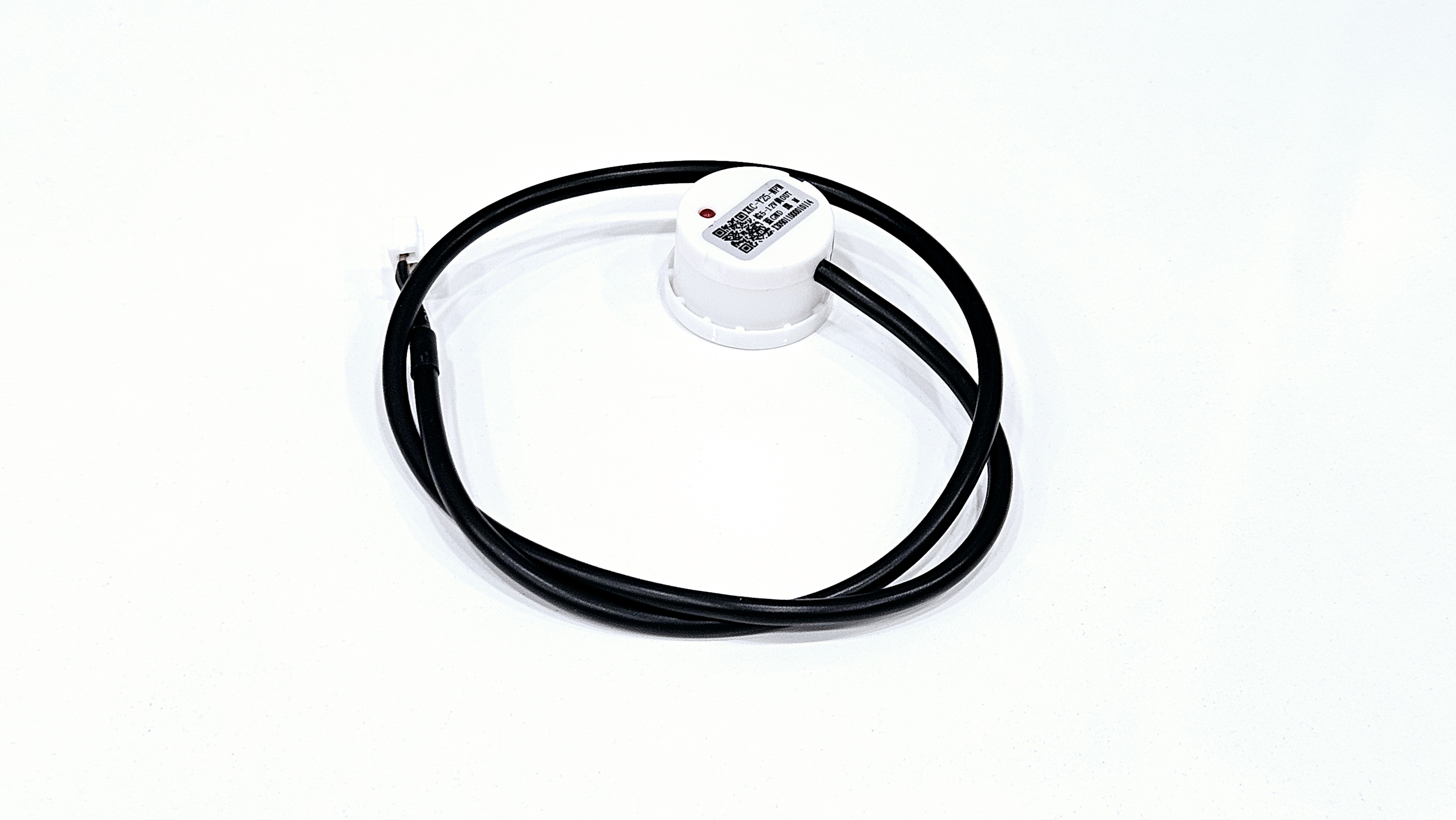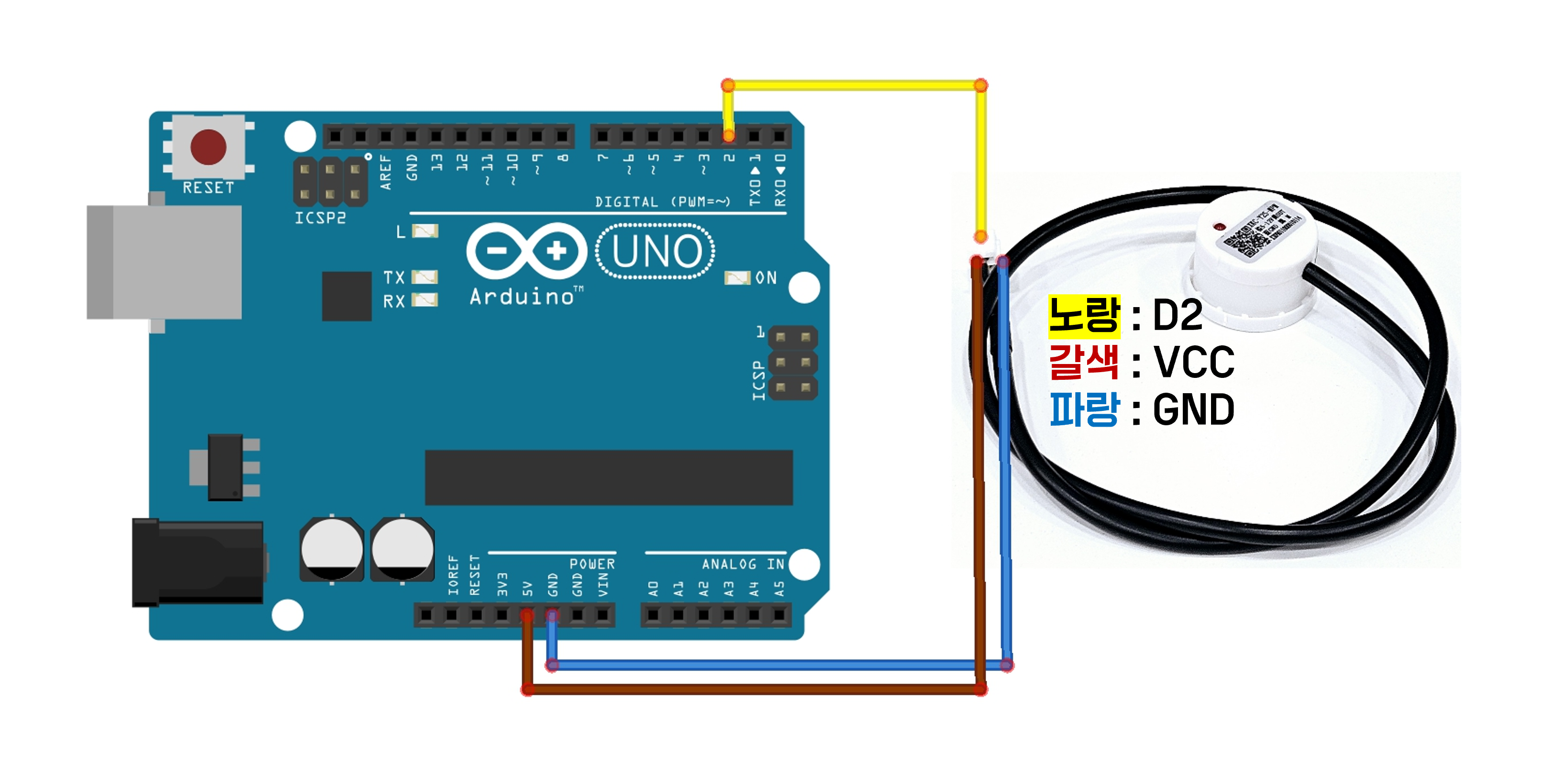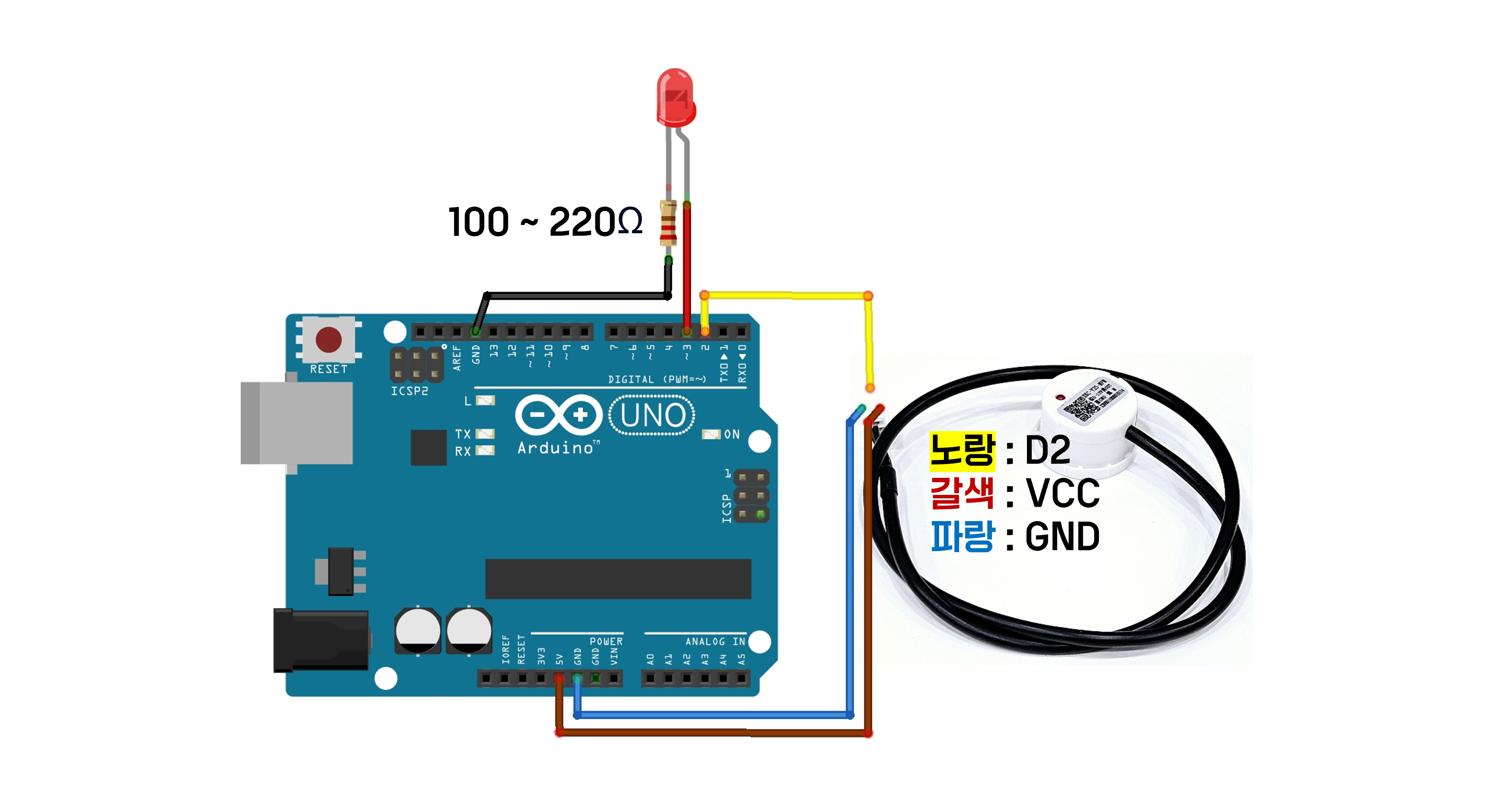Non-contact Water Level Sensor(XKC-Y25)

A non-contact level sensor is a device that can be attached to the outside of a tank or container to measure the liquid level inside.
Since it does not come into direct contact with water, it can be used reliably for a long time and is applicable to various containers (excluding metal) and liquids.
Specifications
| Characteristics | XKC-Y25-V | XKC-Y25-PNP | XKC-Y25-NPN | XKC-Y28-RS485 |
|---|---|---|---|---|
| Power Voltage | DC 5-24V | DC 5-12V, DC 24V | DC 5-12V, DC 24V | 24V (12V Customizable) |
| Output Mode | High and low level | Switch quantity (high pulse effective) | Switch quantity (low pulse effective) | Communication output |
| Ripple Voltage Requirements | ≤200 mV | |||
| Current | ≤5mA | |||
| Response Time | 500mS | |||
| Operating Temperature | -20~105℃ | |||
| Humidity | 5%~100% | |||
| Measurement Thickness (Sensitivity Range) | ≤20mm (Container Wall Thickness) | |||
| Water Level Tolerance Range | ±1.5mm | |||
| Wire length | 500MM (±10MM) | |||
| Terminal Order | Brown (VCC), Yellow (Signal Output), Blue (GND), Black (COM) | |||
| Material | PC V0 Flame Retardant Material | |||
| Waterproof Performance | IP67 | |||
| Safety Standard Certification | CE | |||
| Environmental Protection Certification | ROHS-2.0 | |||
There are differences in voltage and output modes depending on the model, and this document is based on the XKC-Y25-NPN model.
Usage Example
1. Simple Measurement Test
This is an example of verifying whether the non-contact level sensor accurately measures when placed outside the container.
Circuit Configuration
You can check the sensor wire by gently pulling on the shrink tube.
| Sensor Wire Color | Function | Arduino Pin |
|---|---|---|
| Brown | VCC | 5V |
| Blue | GND | GND |
| Yellow | OUT | D2 |
| Black | SET () | Not Connected (or for Configuration) |

Code
As shown in the specifications tab, the output mode varies depending on the model, so it is necessary to check whether HIGH or LOW is output when detecting the water level.
In the case of the XKC-Y25-NPN model used in this document, LOW is output when the water level is detected.
const int sensorPin = 2; // Sensor Output Pin
int sensorValue = 0;
void setup() {
pinMode(sensorPin, INPUT_PULLUP); // Activate INPUT_PULLUP Resistor
Serial.begin(9600);
}
void loop() {
sensorValue = digitalRead(sensorPin);
if (sensorValue == LOW) { // Depending on the model, LOW or HIGH may be output differently when detecting the water level, so verification is necessary.
Serial.println("Water Level Detected");
} else {
Serial.println("Water Level Not Detected");
}
delay(1000); // Measure at 1-second Interval
}
Execution Result
You can observe that the LED built into the XKC-Y25 sensor lights up when the water level is detected.

2. Using Non-Contact Water Level Sensor with LED
This example demonstrates that the LED lights up when the water level is detected and turns off when it is not detected.
Similar methods can be used to combine various modules and sensors, such as buzzers and water pumps.
Circuit Configuration
You can check the sensor wire by gently pulling the shrink tube.
Please connect the non-contact water level sensor in the same way as in Example 1, and then add the LED.
| Arduino Pin | Connect |
|---|---|
| D3 | Long leg of LED |
| GND | One Leg of the Resistor |
| Other Leg of the Resistor | Short leg of LED |

Code
As in Example 1, it is necessary to check whether HIGH or LOW is output when detecting the water level, as the output mode varies depending on the model.
In the case of the XKC-Y25-NPN model used in this document, LOW is output when the water level is detected.
const int sensorPin = 2; // Connecting the OUT Pin of the Non-Contact Water Level Sensor
const int ledPin = 3; // LED Connection Pin
void setup() {
pinMode(sensorPin, INPUT_PULLUP); // Set the non-contact water level sensor pin to INPUT_PULLUP mode
pinMode(ledPin, OUTPUT); // Set the LED pin to OUTPUT mode
Serial.begin(9600); // Start serial communication
}
void loop() {
int sensorValue = digitalRead(sensorPin); // Reading the Value from the Non-Contact Water Level Sensor
if (sensorValue == LOW) { // When the water level is detected (when the sensor reads LOW)
digitalWrite(ledPin, HIGH); // Turning on the LED
Serial.println("Water Level Detected");
} else { // When the water level is not detected (when the sensor reads HIGH)
digitalWrite(ledPin, LOW); // Turning off the LED
Serial.println("Water Level Not Detected");
}
delay(500); // Wait for 0.5 seconds
}
Execution Result
The output in the serial monitor is the same as in Example 1. You can confirm that the LED connected to pin 3 turns on when the water level is detected.
Applications
- Home Water Level Monitoring: Water tanks, water purifiers, aquariums, etc.
- Industrial Level Control: Chemical tanks, storage tanks, drainage systems, etc.
- Agriculture: Water level monitoring in irrigation systems.
- Medical: Level detection in medical liquid storage containers.
Cautions
- Container materials can vary and include plastic, paper, glass, etc., but metal containers may cause issues with sensor operation and are not suitable.
- The external surface of the container where the sensor will be attached should be clean and dry during installation.
- The thickness of the container must be within the detection range for accurate measurement.